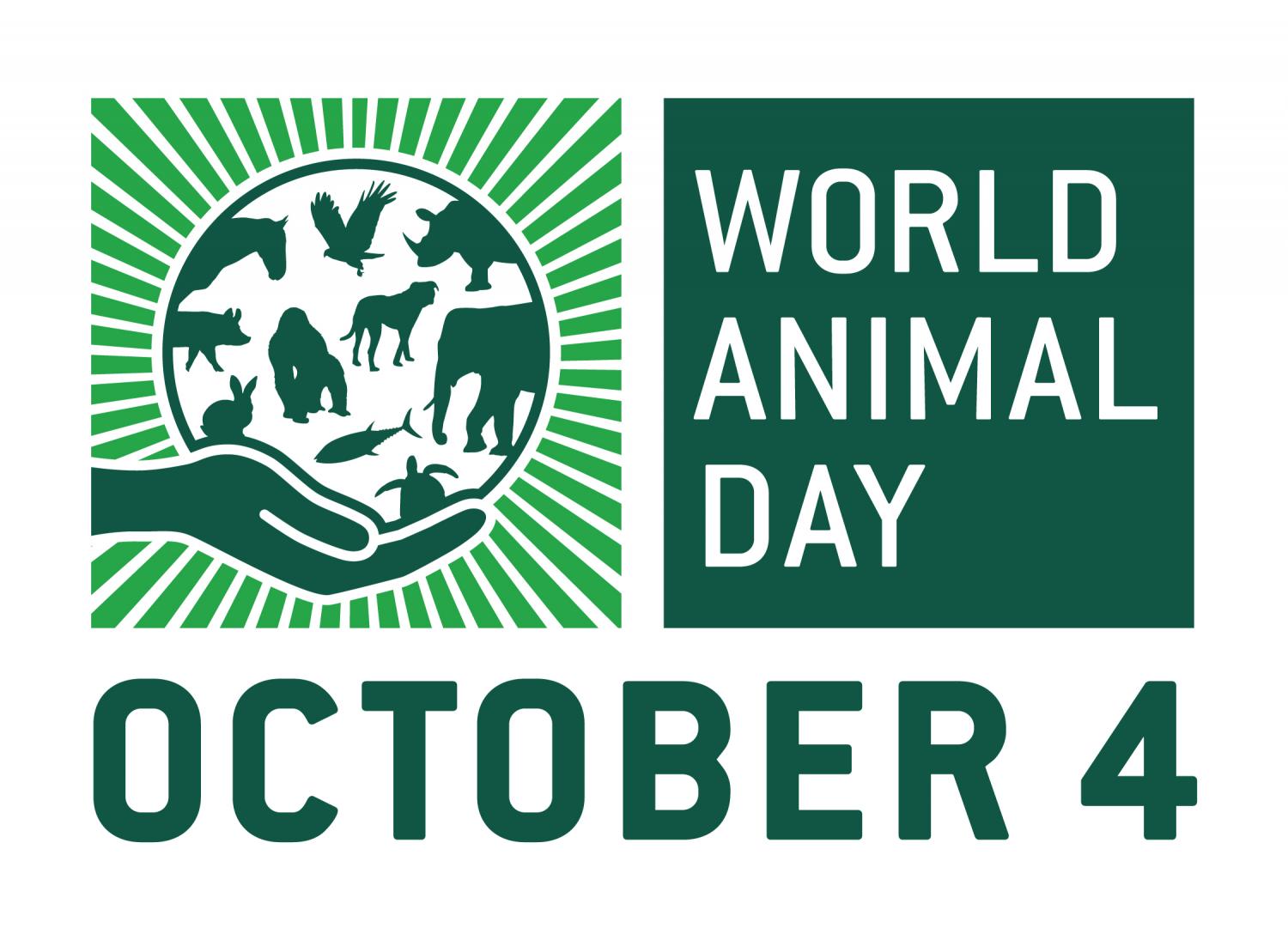
World Animal Day exists to raise the status of animals and improve welfare standards around the globe.
It’s a day of celebration for animal lovers everywhere.
On October 4, it’s our chance to mobilise into a global force, to take action against animal cruelty, neglect and unfair treatment and make the world a better place for all animals.
[From: https://www.worldanimalday.org.uk/about-us/]
This year, we also celebrate with access to an additional World Animal Day collection from Elsevier's Veterinary Science and Veterinary Medicine journals, available now at: https://www.elsevier.com/health/veterinary-science-and-veterinary-medicine/journals/world-animal-day.
The Veterinarian's Guide to Animal Welfare, 2022, pp 117-138
New Aspects of Meat Quality: From Genes to Ethics, Second Edition, 2022, pp 667-703
Imperiled: The Encyclopedia of Conservation, 2022, pp 113-120
Comparative Biochemistry and Physiology -Part A : Molecular and Integrative Physiology, Volume 284, October 2023
Trends in Ecology and Evolution, Volume 38, September 2023
Comparative Biochemistry and Physiology -Part A : Molecular and Integrative Physiology, Volume 274, December 2022
Comparative Biochemistry and Physiology -Part A : Molecular and Integrative Physiology, Volume 272, October 2022
Comparative Biochemistry and Physiology -Part A : Molecular and Integrative Physiology, Volume 267, May 2022
Comparative Biochemistry and Physiology Part - B: Biochemistry and Molecular Biology, Volume 257, January 2022
Comparative Biochemistry and Physiology Part - C: Toxicology and Pharmacology, Volume 235, September 2020
Annals of Tourism Research, Volume 96, September 2022
Comparative Biochemistry and Physiology - Part D: Genomics and Proteomics, Volume 40, December 2021
Comparative Biochemistry and Physiology Part - C: Toxicology and Pharmacology, Volume 239, January 2021
Theriogenology Wild, Volume 2, 2023, 100027
Theriogenology Wild, Volume 1, 2022, 100011
Theriogenology Wild, Volume 2, 2023, 100024
SLAS Discovery, Volume 25, Issue 10, December 2020, Pages 1174-1190
Comparative Biochemistry and Physiology Part D: Genomics and Proteomics, Volume 42, June 2022, 100991
